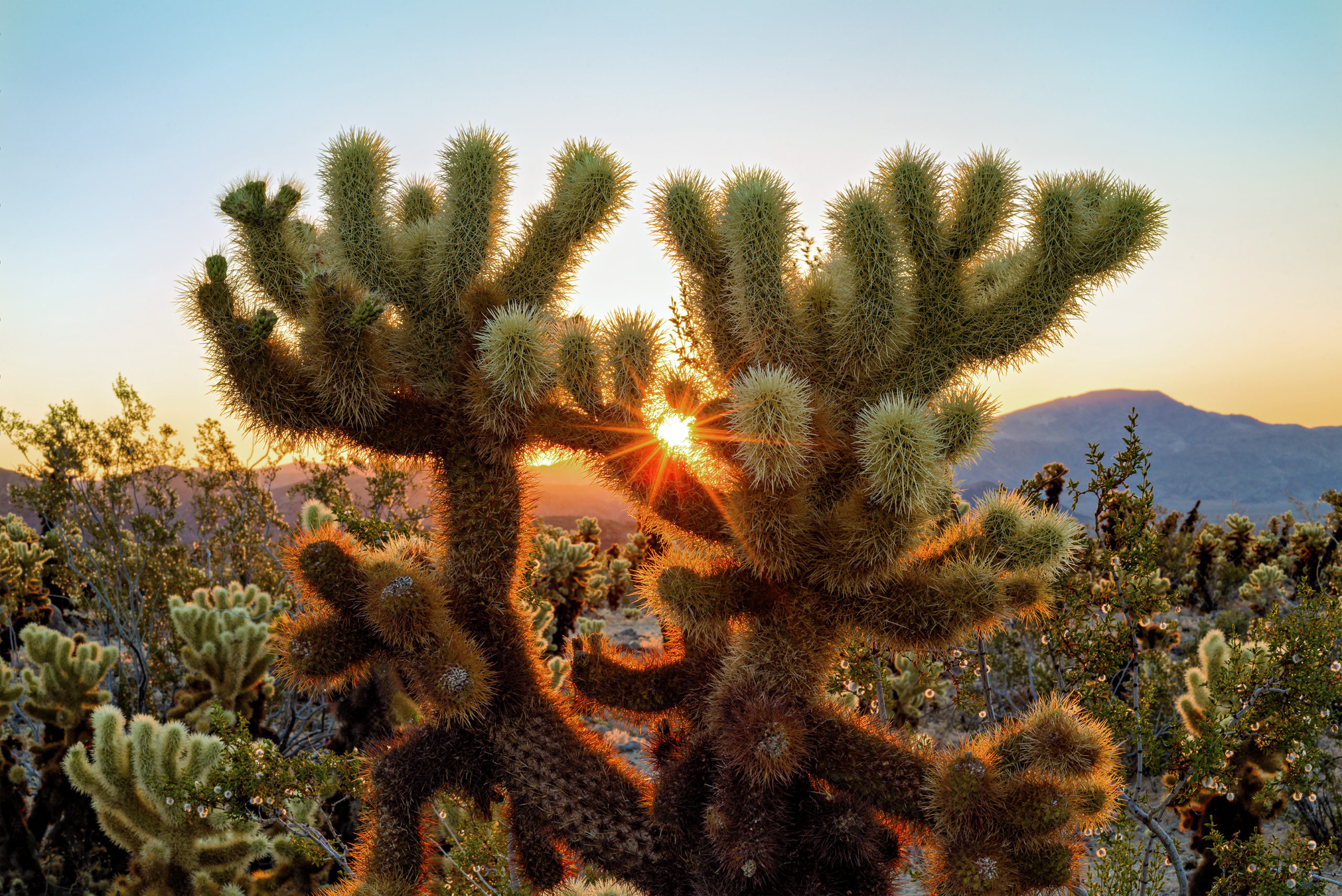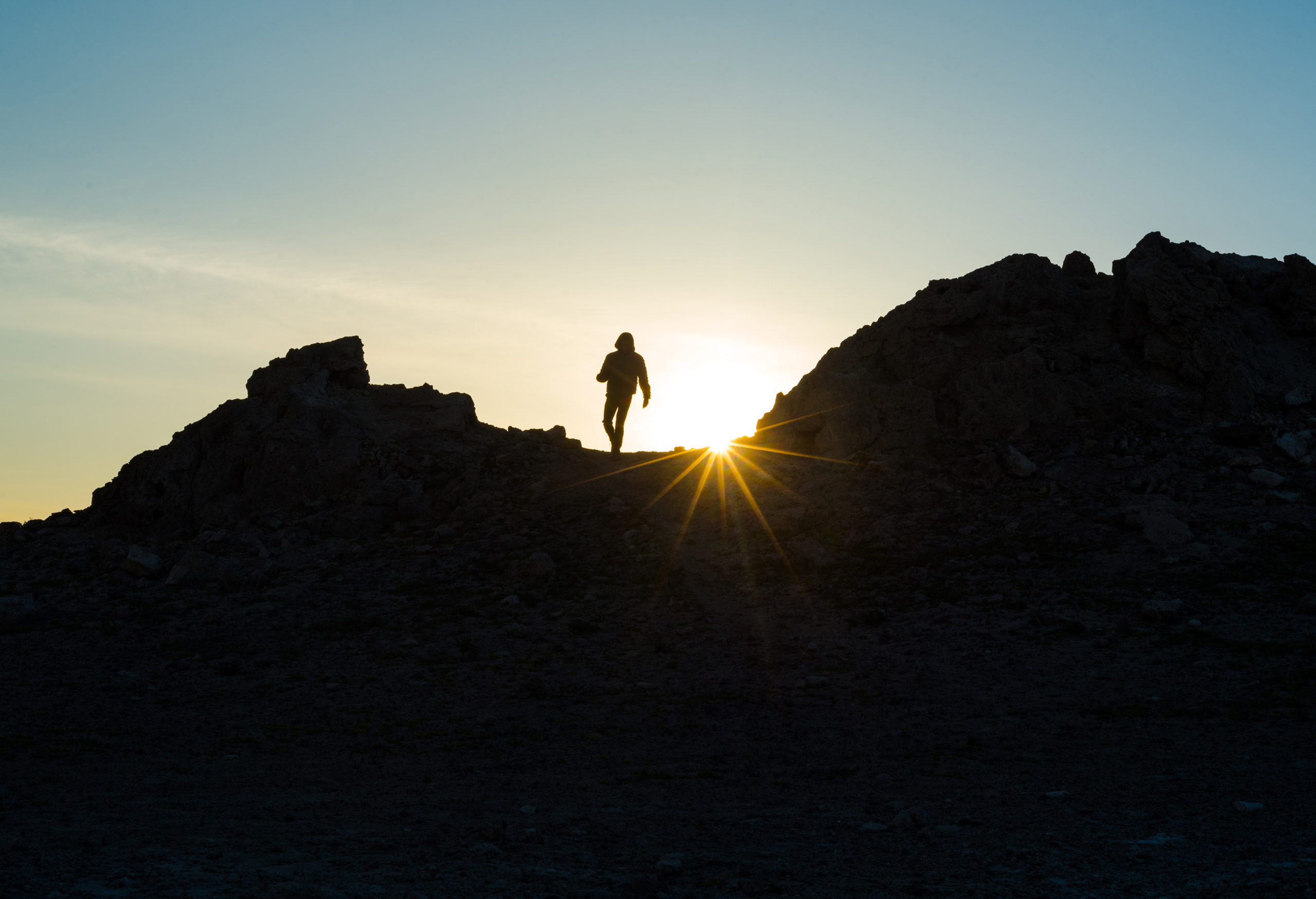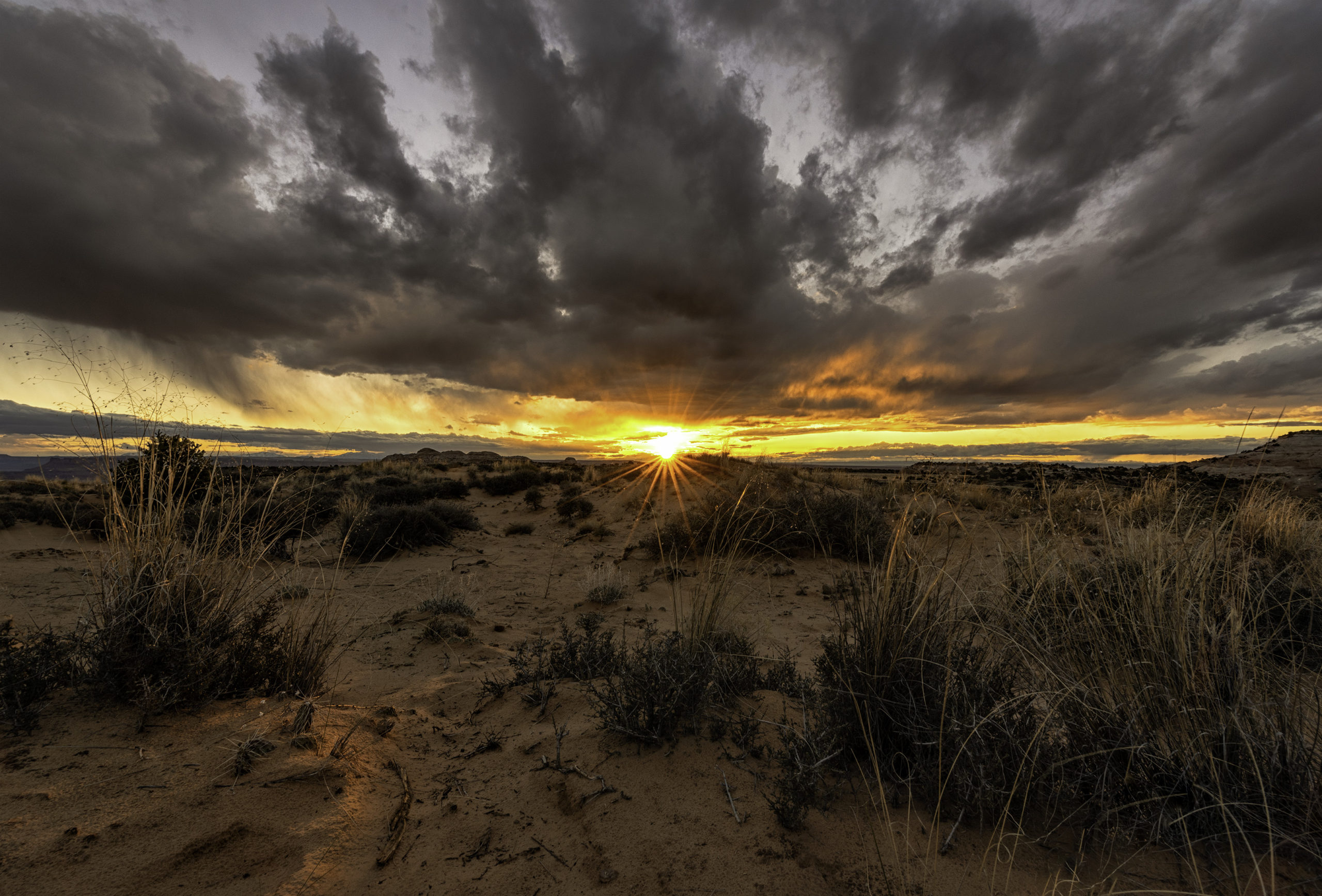Sunbursts, sunstars, sunspikes, oh my! Whatever you want to call them, they’re awesome!
They can add incredible value to your shots and transform a good photo into a great photo!
The best part is that they are super easy to create and can be a lot of fun to photograph.
What are sunbursts?
A sunburst is a technique in which the sun looks like it has spikes all over it. They are most common to shoot during sunrise or sunset.
They ARE NOT an added effect in Photoshop. Sunbursts can be created straight from the camera!
Instead of shooting straight into the sun and getting a blown out area, you can create a sunburst and have it as a nice element in your scene.
How do you photograph sunbursts?
You only need TWO things in order to capture a sunburst.
- A small aperture (large F-number)
- Some kind of horizon or object
For the aperture, I would aim anywhere between f/16 and f/22. These are the most optimal settings to create a sunburst.
Now, with this aperture plugged in, you could technically aim straight up at the sun in the middle of the day, and boom… You have a sunburst!
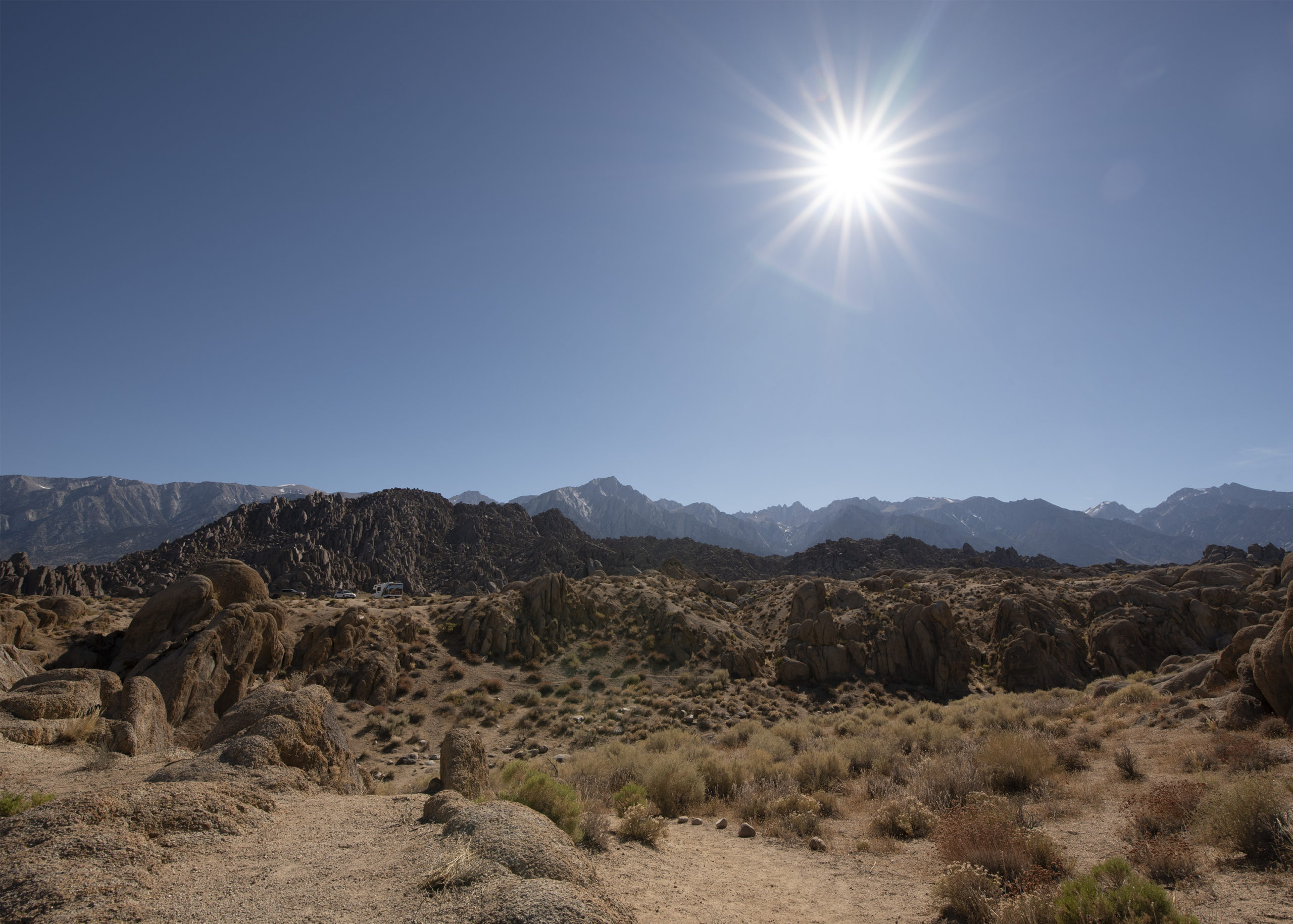
Although this does work and can create some cool pictures, another way to make this effect even more incredible is to have the sun on the edge of a horizon, a mountain, or behind some trees or leaves.
This is why sunrise and sunset are very popular times to shoot sunbursts because the sun is close to the horizon.
You can also achieve this effect if the sun is positioned between some clouds. Basically, anything where half of the sun is hidden. And yes, you can even create a sunburst with your hand or even your friend. Pretty cool, right?!
Make your own horizon!
You might be thinking, but Adam, what if I don’t want to wait until sunset or sunrise to create a sunburst with a horizon? Then don’t wait!
What you can do is MOVE YOUR BODY.
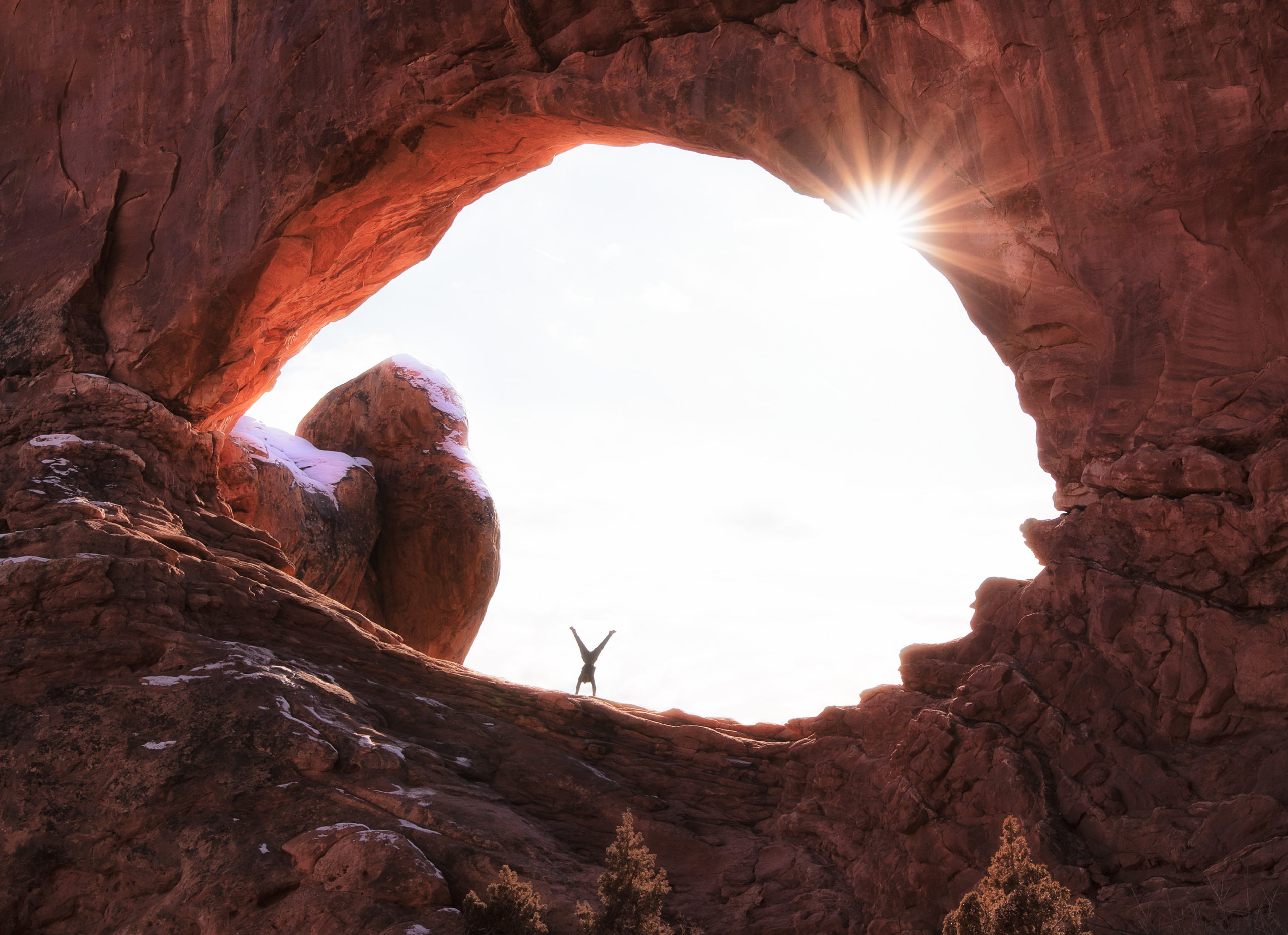
This photo was taken mid-day, so I had to place my camera below the arch so the sun would intersect with the rock.
If you see the sun in the sky and a rock right next to you, position yourself so the sun almost goes behind the rock but not quite. This can be done by moving left to right or laying down.
What time is perfect for sunbursts?
So to summarize, the perfect times to create sunbursts are:
- Sunset
- Sunrise
Besides the sun being naturally close to the horizon, sunset’s and sunrises provide very good light that can make the rest of the picture even more beautiful.

This was taken during sunrise at Mesa Arch, which is a very popular spot because of the unique position of the sun and arch.
Do be warned that it is not always “healthy” to just focus on sunbursts.
There was a period of time where I would only focus on capturing a sunburst during a sunset or sunrise. After a while, I noticed that if I literally just turned around, I could see the beautiful light cascading up or down the landscape.
By the time that “golden” light was over, I had captured okay pictures of the sunburst but had missed out on taking incredible pictures right behind me.
This is in no way to discourage you and turn you away from photographing sunbursts. This is just a reminder to look at other options too. Sunbursts can be very fun and addictive to shoot at times, so always make sure you aren’t missing a potentially better shot.
When NOT to shoot sunbursts?
Do not shoot sunbursts if it is hazy or cloudy out. These conditions block the sunbursts and can sometimes blow out the sun.
Point is, the best conditions to shoot sunbursts are if it is clear out or if there are specific breaks in the clouds.
Pay attention to your settings!
Remember that you are shooting into the sun, and the sun is very bright.
Do not make the common mistake of overexposing the whole picture.
Instead, underexpose the image. This will allow you to maintain the detail in your sun and also provide you with enough information to “bring back” or brighten up the rest of the image in editing.
Lastly, the lens determines the size of the sunburst and how many spikes there will be.
If you have multiple lenses, experiment and see which ones produce your favorite kind of sunbursts.
Two different lenses can create slightly different sunbursts as seen above.
So go out there, create some sunbursts, and have fun!




